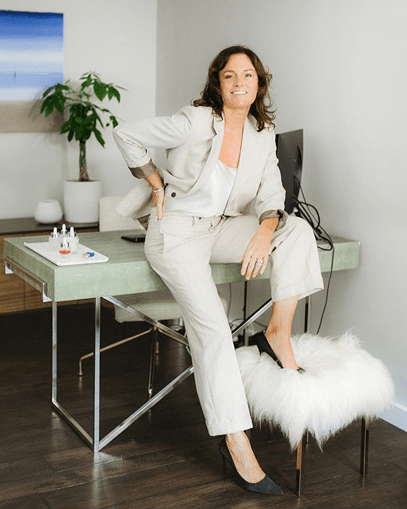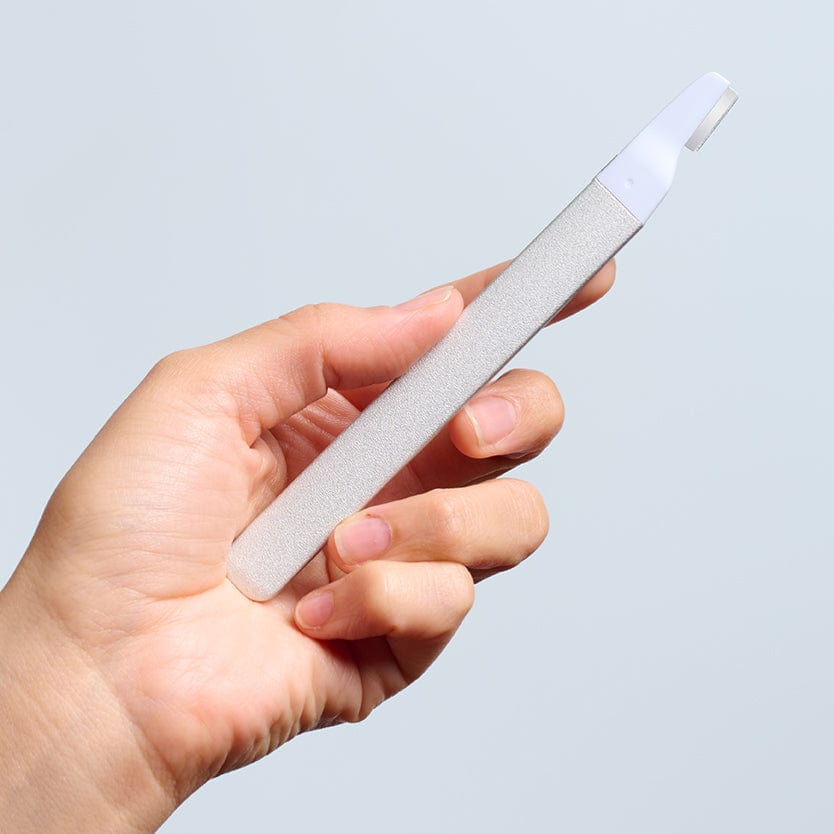Top 3 Sun Skincare Tips
Written by Kerry Benjamin

Do you want skin that is bright, clear, radiant, and glowing? Then, stay out of the sun and away from the tanning beds! Opt for self-tanner, apply a broad spectrum SPF and re-apply every 2 hours.
Why is SPF so important?
Protecting your skin from the sun's harmful UV rays is the #1 way to prevent signs of aging and risk of skin cancer. Ensure to get a broadband spectrum SFP that covers UVA and UVB rays. The UVB rays are the ones that cause the burn, and the UVA causes damage to your collagen, resulting in lines, wrinkles, and sagging. Make sure to apply an ample amount, and if you're in the sun, do it every 2 hours. Studies show that most people apply only half to a quarter of the amount that is needed, so more is better in this case! The standard rule of thumb is 2 fingers of the product will be enough for your face and neck. Don't forget your chest and the back of your hands too!
Sunburn Remedy
If you get a sunburn, mix aloe vera with an over-the-counter hydrocortisone cream at a 50/50 blend to soothe the burn and calm the inflammation. This concoction will also help to reduce post-peeling.
Below we've compiled a list of our favorite ways to prevent, get rid of, or treat sun-damaged skin. No matter your skin type, our products will help to combat hyper-pigmentation, fine lines, irritation, and inflammation caused by sun exposure.
Protection Factor (SPF)
A product’s sun protection factor (SPF) indicates its ability to protect the skin from the sun’s harmful rays. The SPF of a product may range from 2 to 60. It indicates how long the skin can be exposed to the sun before it gets damaged or sunburned. To illustrate how SPF works, if a lotion with SPF 15 is used, multiply 15 by 2, giving you 30 minutes of protection without sunburn. An SFPF of 50, will give you 100 min of sun protection before you need to reapply.
Antioxidants
Antioxidants protect skin against free radical damage from the sun, environmental pollutants, and pollen. Free radical damage causes hyperpigmentation and a breakdown in collagen and elastin, resulting in premature skin aging. Using an antioxidant in your skincare, you help preserve and repair your existing collagen and elastin.
The body’s defenses against free radicals are antioxidants, which essentially sacrifice themselves to stabilize or “scavenge” the free radicals.
One of the most potent antioxidants found in nature, astaxanthin (pronounced asta-zan-thin) is a powerhouse nutrient that protects skin from UV damage, by preventing the signs of aging, repairing damaged cells, fighting inflammation, and brightening dark spots.
Find astaxanthin in our MICROBIOME RESCUE DAILY MOISTURIZER for a daily treatment that neutralizes free radicals while plumping skin with moisture. Use this daily under your SPF for added protection. To protect your eyes from harmful UV rays and blue light from our devices, our FIRMING EYE COMPLEX combines astaxanthin with our proprietary Adaptive Complex-25(™) peptide blend to minimize crow's feet and visibly brighten the sensitive skin under the eyes.
About the Author

Kerry Benjamin, a licensed aesthetician, has over 14 years of experience. Kerry is the driving force behind StackedSkincare. As the company's CEO, Kerry has dedicated her career to revolutionizing skincare. Her innovative approach combines peels, serums, and specialized tools to effectively address a wide range of skin concerns. CA LE license number Z98459.

